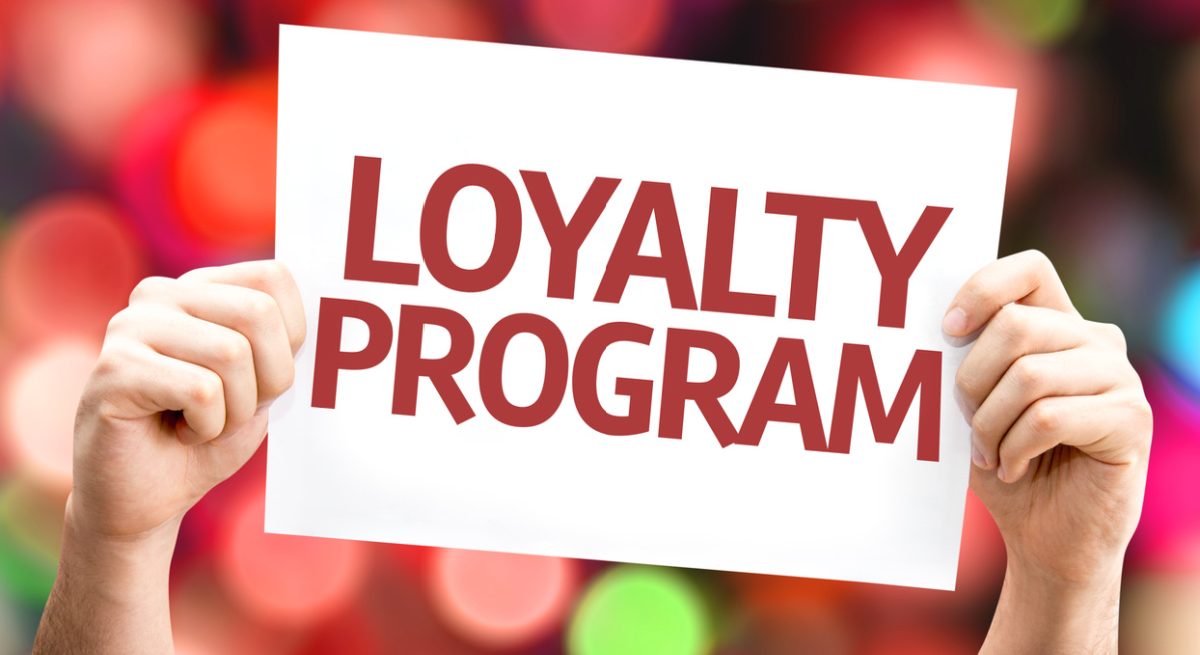Menu Prices Are Rising, But Loyalty Programs Can Help Restaurants Stay Ahead
3 Min Read By Laurent May
It’s an unsavory fact: food is getting more expensive.
In October, the USDA reported year-to-date averages, noting that food-at-home (grocery store) prices have increased 2.5 percent and food-away-from-home (restaurant) prices have increased 3.6 percent. If current projections from the U.S. Department of Agriculture prove accurate, this is a trend that is likely to continue—according to the forecast for 2022, food-at-home prices are expected to increase between 1.5 and 2.5 percent, and food-away-from-home prices are expected to increase between 3 and 4 percent.
From a consumer perspective, this means not only that food is more expensive across the board, but also that restaurant prices are rising at a higher rate than grocery-store prices, which might make going out to eat a less appealing option than dining at home.
This menu price inflation has a number of causes, from higher raw-ingredient costs to an unprecedented labor shortage in the hospitality industry. Not all restaurants have seen a dip in sales as a result—Chipotle, for example, reported a surge in sales in spite of the fact that the chain has raised regular menu prices twice and delivery prices three times since August 2020.
It’s clear, however, that price increases are causing many customers to think twice about spending their hard-earned dollars at restaurants. A recent Bluedot survey of just over 1,500 American consumers found that nearly two-thirds (63 percent) of participants indicated they have ordered from or visited restaurants less due to higher prices.
Rewards for Loyalty
The challenge for restaurant operators, then, is how to win back and retain customers in a time of rising prices. Many restaurants woo diners by offering them incentives in the form of rewards for their loyalty. It’s a strategy that seems to be paying off. In the survey cited above, 69 percent of respondents said loyalty programs incentivize them to frequent a restaurant more often.
When it comes to the benefits of loyalty-program membership, survey respondents said that they receive personalized deals and coupons; that being a loyalty member leads to their orders being available upon arrival; that they receive better pricing; and that they are thanked for being a loyal customer.
Loyalty-program technology has come a long way since the era when you had to dig a card out of your wallet and have it stamped or punched every time you purchased a sandwich or a cup of coffee. These days they are often connected to a brand’s mobile app. The greatest incentive for downloading an app is, in fact, the prospect of saving money on purchases. A whopping 90 percent of consumers said they would download and use a restaurant app more often if it meant access to better prices, according to the Bluedot survey. App users also prize the ability to place orders quickly, and to earn and track loyalty points.
A More Seamless Approach
Not all loyalty and reward programs require the customer to download an app, however. At operations that have implemented a pay-at-the-table solution, these programs can be integrated directly into the checkout process, enabling guests to collect and redeem rewards automatically when paying their bill.
For restaurants that have been hesitant to implement loyalty programs because they seem operationally too expensive and complex for guests and staff to manage, this seamless approach makes a lot of sense. Guests access the loyalty program through an intuitive self-service interface at the point of payment. This puts no extra burden on restaurant staff, since customers can scan, pay, collect or redeem points, and go, with no staff check-in required.
We already know that guests love the convenience of contactless technology. In fact, Bluedot’s report showed that the majority favor self-service digital ordering over ordering from restaurant staff. According to the survey, 67 percent of respondents prefer a digital-first approach to ordering, using either a kiosk or their own mobile device.
Introducing loyalty and rewards programs—and making them effortless to use—is a way that restaurants can make customers feel both empowered and appreciated. And that just might keep them coming back, even when it’s cheaper to eat home.


